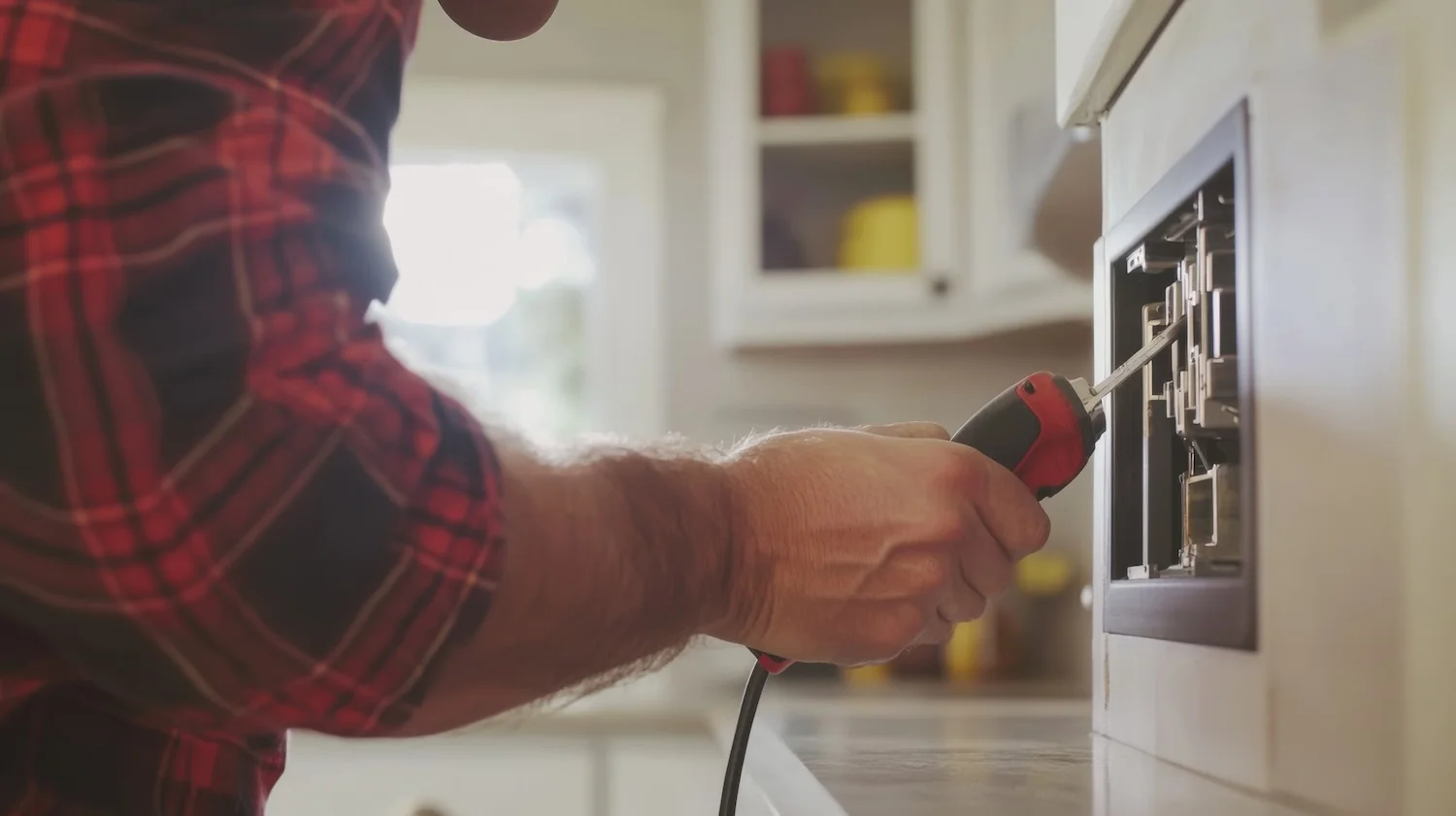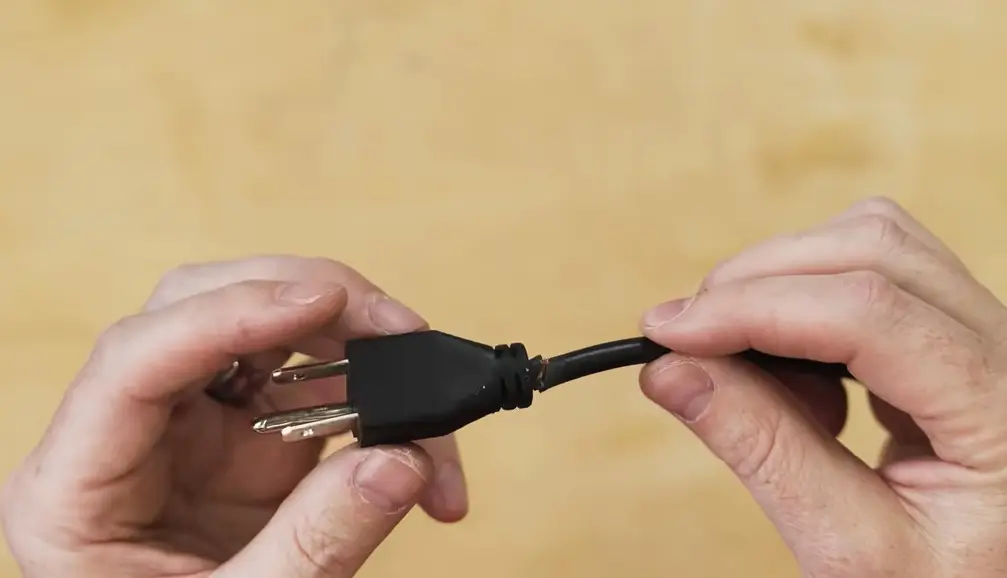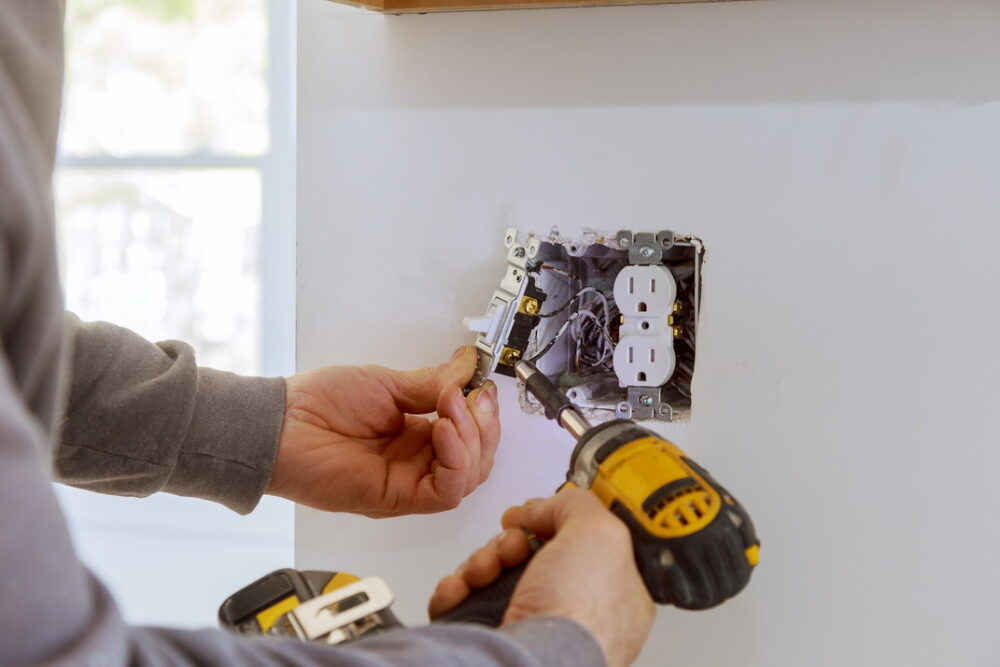Electrical maintenance and repairs are not something every homeowner is comfortable with. That’s understandable. Working with electricity can be dangerous if you don’t know what you’re doing. But there are some DIY-friendly electrical jobs that are not difficult. Moreover, they are safe enough that most homeowners can handle them.
Below is a list of five such projects. If you’re a DIY fan and you’re looking to save a little money, consider trying them. Otherwise, don’t be afraid to call in a local electrical contractor. It is better to be safe than sorry.
1. Inspecting and Testing GFCI Outlets
A ground fault circuit interrupter (GFCI) outlet is an electrical outlet purposely designed to trigger and cut the power in the event of a potential overload. They are found most frequently in kitchens and baths, especially around sinks. The idea is to automatically cut off the power if the outlet ever gets wet. A GFCI outlet is easy enough to spot thanks to the buttons conveniently located between the two plugs.
Salt Lake City, Utah’s SameDay explains that testing a GFCI outlet is pretty simple. With a phone charger or small appliance plugged in, push the ‘test’ button. This should trip the internal circuit breaker and cause the ‘reset’ button to pop. Just push that button to reset the circuit.
2. Inspect and Test Standard Outlets
It’s easy enough for homeowners to inspect and test standard outlets as well. A visual inspection easily identifies cracks, burn marks, etc. To test an outlet, use a voltmeter. With the meter in the AC position, insert the positive lead into the right side of the outlet and the negative lead into the left side.
The meter should read 120 volts. If the reading is a few volts off in either direction, no big deal. That is normal. But if it’s way off, there’s something wrong.

3. Outlet and Switch Replacement
Speaking of testing outlets, replacing an outlet or a switch is not as hard as it might seem. In most cases, it really is as simple as removing a few screws.
Start by turning off the power at your panel box. You just trip the circuit breaker that controls the line you’re working on. Then you remove the faceplate, remove the two screws that hold the switcher outlet in place, and pull the unit out from the wall.
Unscrew the hot wire (white) from the old unit and screw it to the new one. Repeat the process for the neutral (black) and ground (green). Push the new outlet or switch into the wall, screw it in place, and replace the face plate.
4. Repairing Damaged Cords
It’s a good idea to inspect the electrical cords that feed your appliances. If you find one that’s damaged, repair is easy enough. Buy a replacement plug at the local home improvement store. Then cut the cord above the damaged area and attach the new plug using the provided screws. It’s a pretty simple job.

5. Rewiring Lamps
Finally, rewiring a lamp is another pretty easy job. All you need is a basic set of hand tools and a rewiring kit from the home improvement store. Just like replacing wall switches and outlets, rewiring a lamp is usually a matter of working with a couple of screws. The wiring kit should come with easy-to-follow instructions.
It’s best to leave major electrical projects to a contractor like SameDay. But minor tasks, like those described in this post, should be easy enough for most homeowners to handle. How about you? Are you up for trying any of them?

